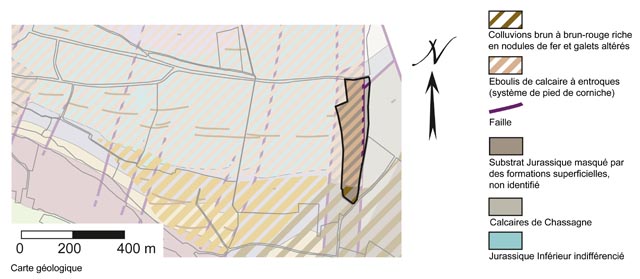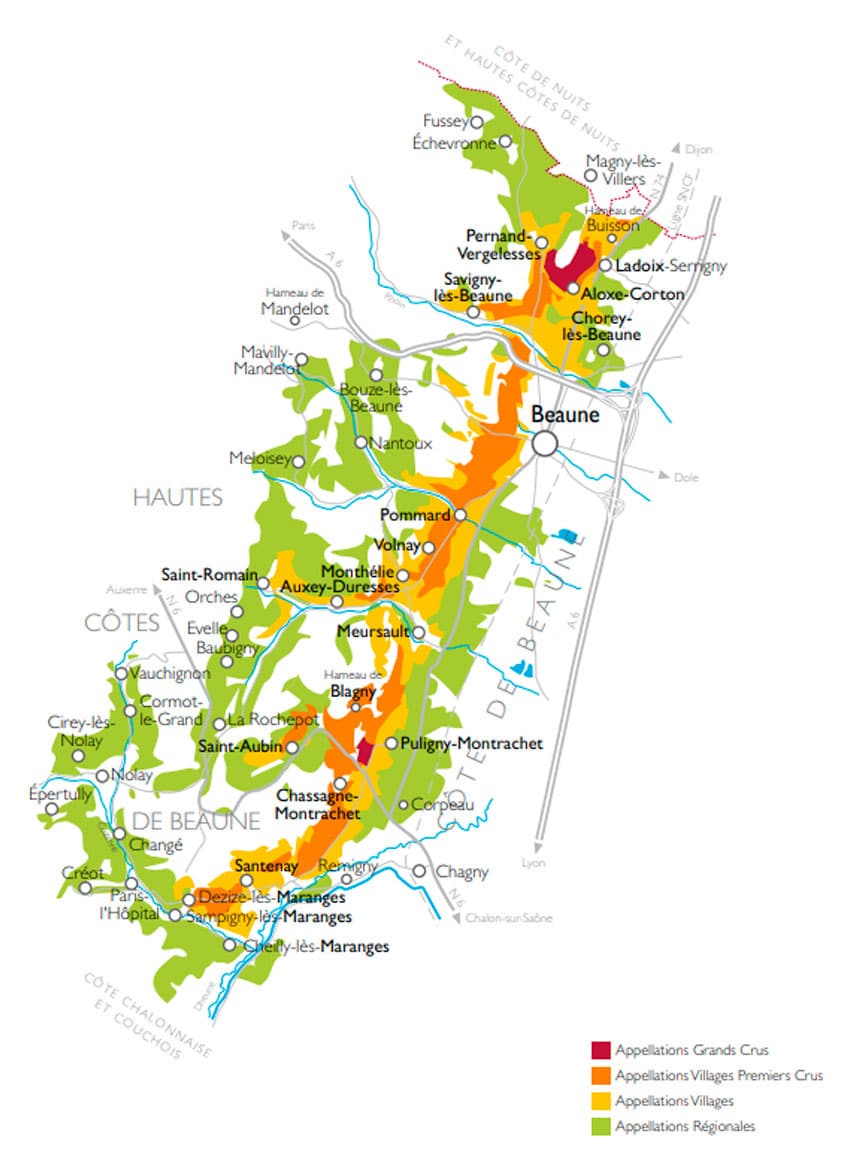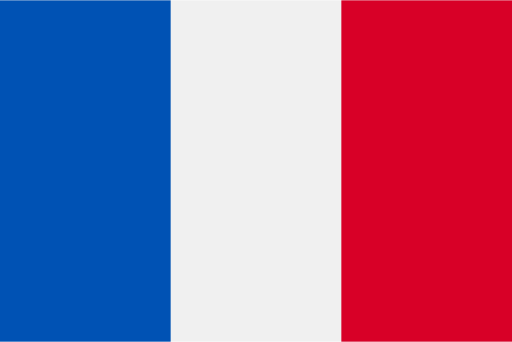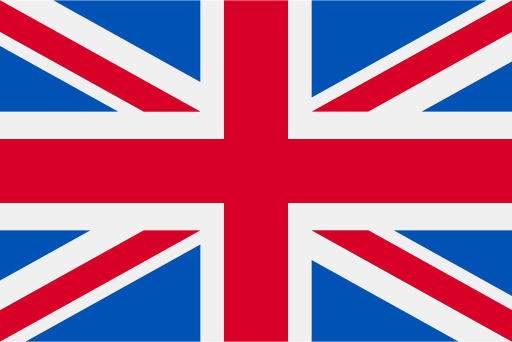Access reserved for producers
of Maranges wines
Le Clos de la Boutière
Surface area of the locality: 2 ha 84 a 29 ca
Halfway up the hillside southeast of the Les Maranges premier crus sector, the Clos de la Boutière locality extends from an altitude of 266 to 290 metres (average 279 m). The slopes are gentle (2%) to steep (8%) (average 5%). The Climat has a South, Southeast exposure.
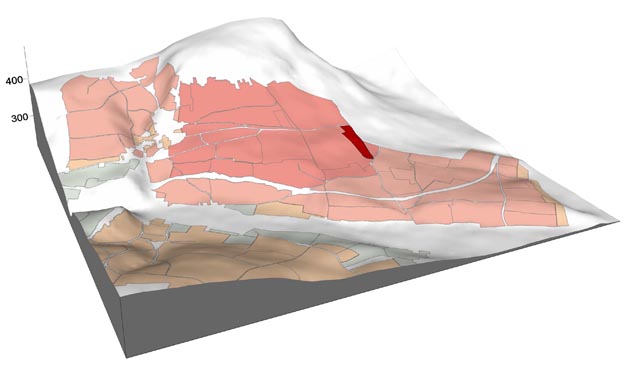
The soil and subsoil
The subsoil of the Clos de la Boutière locality is fairly homogeneous by nature, although not in its thickness. The mostly marly Jurassic substratum (grey-black marl, possible giant gryphaea limestone, grey-blue marl) is covered with abundant scree and whole sections of the crinoidal limestone cliff that dominates the wine-producing hillside. A major fault, with a significant displacement, limits the locality to the east. Some misidentified Jurassic grounds make up the substratum at the bottom of the Clos de la Boutière.
On the limestone scree that conceals the Jurassic deposits, the soil is stony, draining, with highly variable thicknesses. The lower part is less stony, with browner soil.
The origin of the name
The term “clos” derived from the Latin “clausus” (closed) is frequently encountered in wine toponyms. It is a reference to the boundaries of the plot or wall surroundings.
In view of the position on the wine-producing hillside, the significance of “marshy location” hardly seems suitable for Boutière, little more than the hypothesis of mule roads that served to transport wineskins or barrels, without real foundation. The Latin name bouteria has many meanings including “limit”. In old French, it is a “bout, extremity of a field, an uncultivated extremity of arable land” that the rural people call “headland or contour”. The appellative is very frequent in Burgundy, within the limits of the commune, bordered by service roads. In Cheilly, Le Clos de la Boutière, adjacent to Santenay, could correspond to this description.
The wines
A muscular cru resting on tannin which requires at least three years before bringing its value to light. It is the perfect partner for game (wild boar, pheasant…) when mature.
